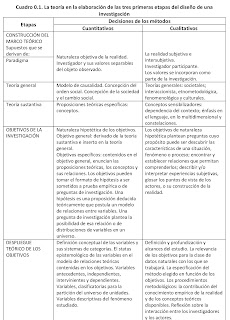Fernández-Galiano, Luis (2000): Fire and memory
Fernández-Galiano, Luis (2000): Fire and memory
Thus, energy injects life, processes, and transformations into the inanimate world of matter, and thus into the world of architecture. We are accustomed to thinking of the latter exclusively in terms of physical, mute, immutable objects; architects themselves like to photograph their buildings unfinished, silent and empty. It could be said that architecture is concerned solely with material forms, cold and intangible, situated beyond time.
Partly responsible for this vision of
architecture, this image of it that we conserve (and language and its polysemy
betray us here), is precisely the dictatorship of the eye over other organs of
perception. But another, perhaps more important factor is the scandalous
absence of energy considerations in architectural analysis and criticism
The irruption of energy in the universe of
architecture smashes its crystalline images, shakes its mute silhouette and
gives it a definitive place in the field of processes and life Architecture can
then be thought of as a transformation of the material environment by changing
living beings, an artifact continuously altered by use and circumstance, in
constant degradation and repair before the aggression of time, permanently
perishing and renewing itself.
The building as an exosomatic artifact. A process containing processes.
Architecture can be understood as a material organización that regulates
and brings order to energy flows; and, simultaneously and inseparably,
as an energetic organization that stabilizes and maintains material
forms.
Thus energy is installed in the heart of
architecture in two ways: through the energy consumption of buildings (or more
accurately, of the building’s users) in thermal regulation, water heating,
lighting, etc., and through the energy needed to organize, modify, and repair
the built domain. In other words: through the energy consumed by the processes
that the building houses, and through the energy consumed by the process that
the building itself is. We shall call the former an energy of maintenance, and
the latter an energy of construction.
The thermal space of the bonfire is no less
architectural than the visual space of the hut.
This identity between the mother and the
house has been expressed by Milosz in two tense lines:
I say Mother. And my thoughts are of you,
oh, House.
House of the lovely dark summers of my
childhood.
18
There is a certain commutability between
matter and energy that resides in the fact that wood is potentially as much a
construction material as a combustible substance. This is precisely our concern
now. If previously the emphasis was on the complementarity and simultaneity of
the material and energetic strategies, now emphasis goes to the commutability
and interchangeability of the two, Construction and fire, matter and energy are
complementary and interchangeable.
22
There is no transformation, irreversible
change, or mutation without energy (…) Only energy transforms matter; only fire
transforms matter; only fire transforms material. As the insignia of old
chemists said, ignis mutat res (…)
The clockwork sun and the unpredictable fire
Cosmologies and cosmogonies
The two basic methods of environmental
intervention have already been presented: on one hand is the regulation of free
energy through construction; on the other is the exploitation of accumulated
energy through combustion. We have seen how construction needs energy in order
to be carried out (…)

Comentarios
Publicar un comentario